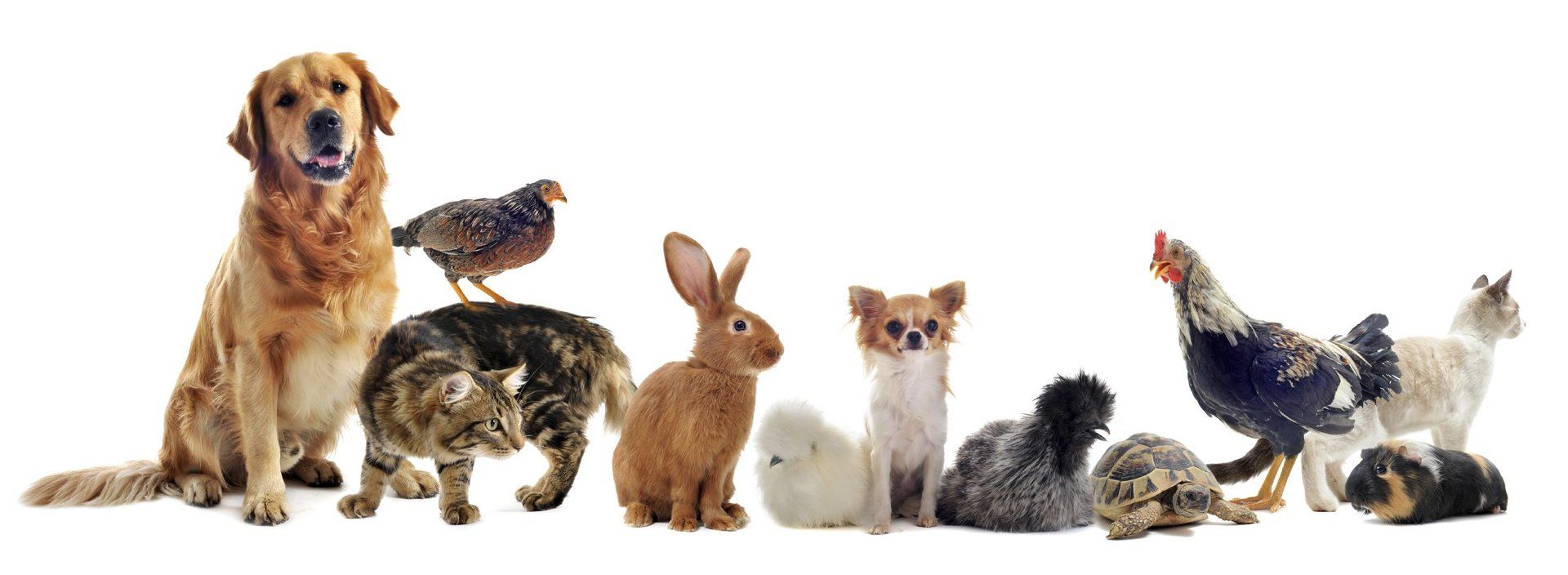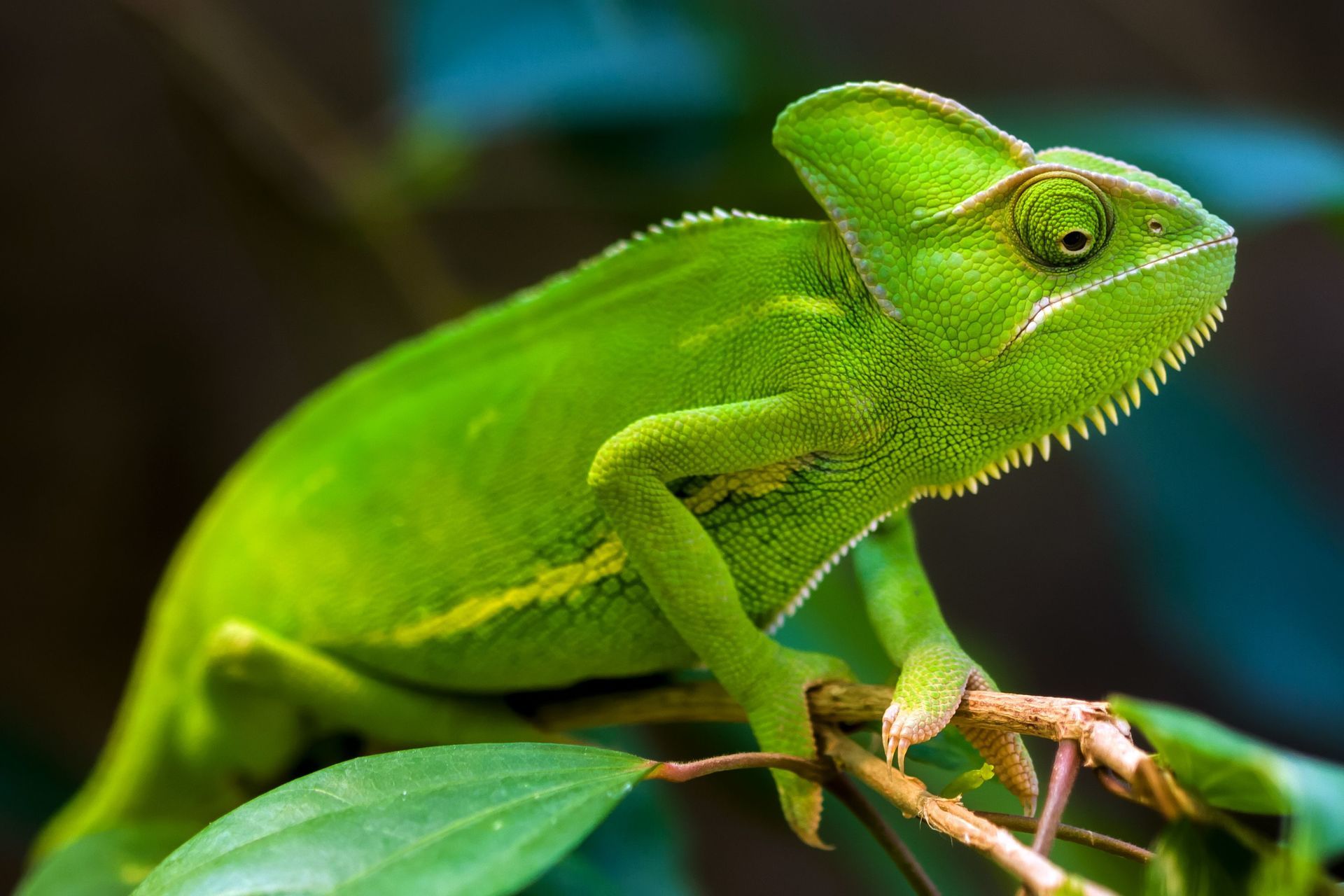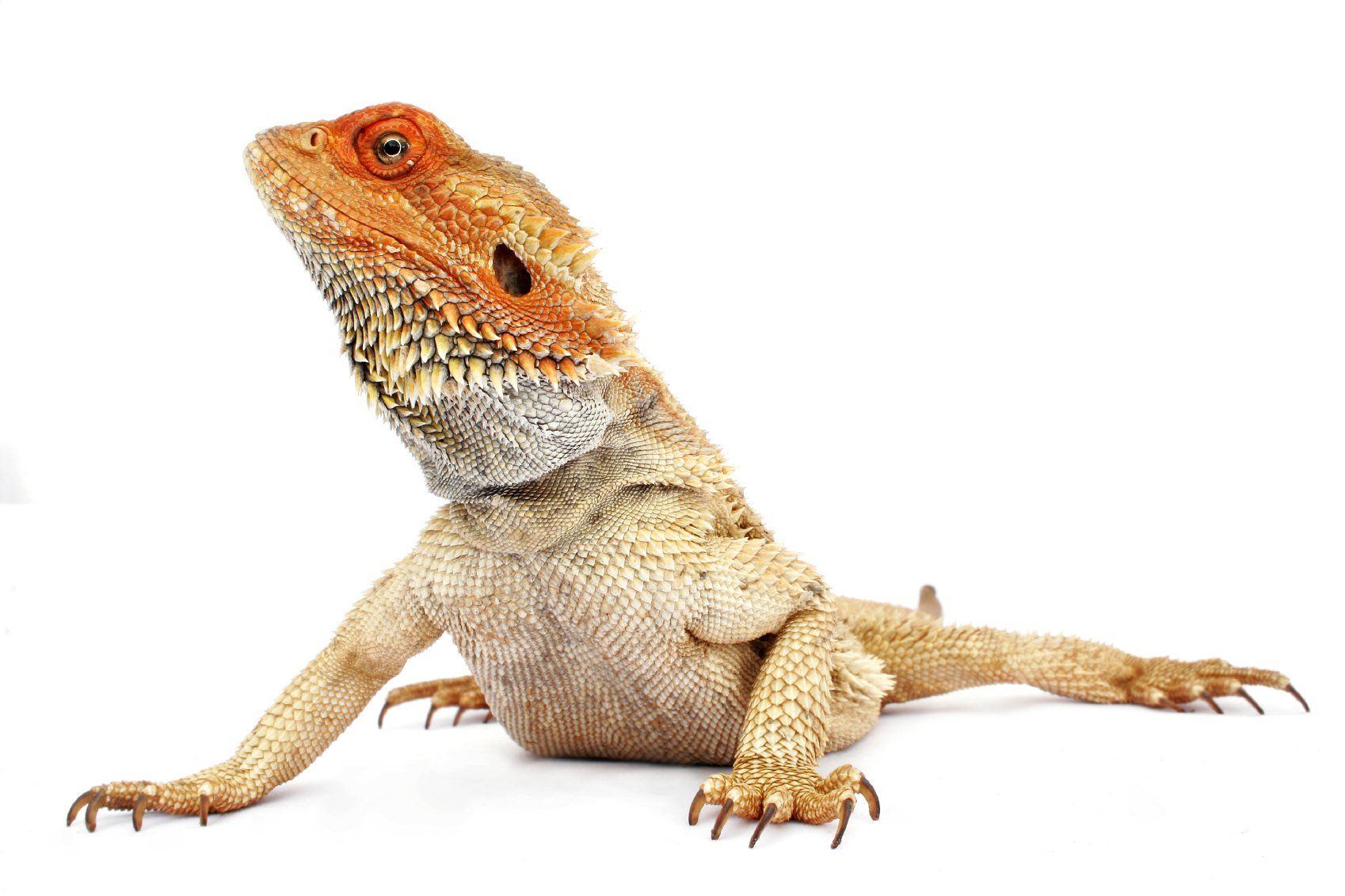Reptile clinics are run by Simon Shore
ANAESTHESIA AND SURGERY
ANAESTHESIA
Textbooks describe various means of sedating and anaesthetising reptiles. The method described here represents one that I have developed and used over the years, it is not meant to be a definitive guide
Minor procedures (small abscesses, dressings, cleaning up wounds, burns etc.) are done using ketamine at 30 - 60 mg/K. I also use this prior to intubating for full gas anaesthesia. Intubation is quite easy in all types of reptile, the glottis being quite far forward in the mouth and easily accessible.
For larger reptiles like green iguana and pythons, small 2.5mm, 3mm and 3.5mm endotracheal tubes are fine. Cuffed tubes should NOT be used; reptile tracheas are very thin and easily ruptured.
For smaller reptiles I use small gauge (i.e. wide diameter) soft IV cannulas.
Python intubated with 3mm endotracheal tube.
Eyed lizard intubated with 18G IV cannula.
General Gaseous Anaesthesia
I use a standard mix of oxygen and isoflurane for maintaining general anaesthesia.
The main problem with reptiles is their ability to hold their breath for prolonged periods of time especially if exposed to a noxious smelling gas like isoflurane. In order to maintain gaseous anaesthesia, reptiles need to be ventilated.
The problem with ventilation is that reptile lungs are incredibly fine and delicate structures easily damaged by ventilating with gas at any pressure. The solution is to use a special ventilator supplied by VETRONICS. The ventilator is controlled by a pressure activated valve which can be set to different pressures. This means that when the pressure in the delivery system rises above the set threshold, the valve is triggered and releases the pressure. This ensures that the pressure never rises high enough to cause lung damage.
I usually start by setting the release pressure to 5 and the breathing rate to 15 seconds . However, leakage around the endotracheal tube means that you will have to fine-tune this by observation. As a rough guide, as soon as you see the thorax/ribs start to expand very slightly, the valve should cut in and release the pressure. Only a very slight observable breathing motion is required for adequate ventilation.
Iguana under general gaseous anaesthesia using vetronics ventilator. The control box is to the right and the
pressure valve is in the grey box mid picture. Oxygen/iso is delivered from the anaesthetic machine via the small blue tube; the corrugated pipe takes expired gas away.
Some general tips on surgery
General principles of surgery apply to reptiles, however there are a few points worth noting.
When performing a celiotomy on lizards or snakes, make a paramedian incision. Do not use the midline as there is a fairly chunky vein in this position.
Reptiles have no ability to absorb catgut, only vicryl or some other suture which dissolves by hydrolysis should be used.
When closing celiotomy incisions, the skin must be closed with an EVERTING mattress suture in order to appose the living basement layer of the skin. Scales are keratinized dead structures and will not knit together.
Operative risks increase with decreasing size, this is not so much to do with anaesthetic as problems of haemorrhage.
Most reptile patients are quite ill before surgery and most will be dehydrated. It is worth rehydrating reptile patients before surgery- preferably 24 hours before. This is most simply done using normal saline diluted 9 parts saline to 1 part sterile water (reptile plasma isotonicity is slightly lower than that of mammals) given intracoelomically at approx 25 - 40ml/K (depending on the degree of dehydration) 24 hours before surgery and a further 25ml/K at the conclusion of surgery.
Recovery from anaesthesia can be prolonged; small reptiles in particular can do a very good imitation of being dead after surgery. No reptile should be discarded as dead without 24 hours in a warm incubator, it is amazing how many of them can come back to life.
Skin is closed with an everting mattress suture.
ANAESTHESIA AND SURGERY
ANAESTHESIA
Textbooks describe various means of sedating and anaesthetising reptiles. The method described here represents one that I have developed and used over the years, it is not meant to be a definitive guide
Minor procedures (small abscesses, dressings, cleaning up wounds, burns etc.) are done using ketamine at 30 - 60 mg/K. I also use this prior to intubating for full gas anaesthesia. Intubation is quite easy in all types of reptile, the glottis being quite far forward in the mouth and easily accessible.
For larger reptiles like green iguana and pythons, small 2.5mm, 3mm and 3.5mm endotracheal tubes are fine. Cuffed tubes should NOT be used; reptile tracheas are very thin and easily ruptured.
For smaller reptiles I use small gauge (i.e. wide diameter) soft IV cannulas.
Python intubated with 3mm endotracheal tube.
Eyed lizard intubated with 18G IV cannula.
General Gaseous Anaesthesia
I use a standard mix of oxygen and isoflurane for maintaining general anaesthesia.
The main problem with reptiles is their ability to hold their breath for prolonged periods of time especially if exposed to a noxious smelling gas like isoflurane. In order to maintain gaseous anaesthesia, reptiles need to be ventilated.
The problem with ventilation is that reptile lungs are incredibly fine and delicate structures easily damaged by ventilating with gas at any pressure. The solution is to use a special ventilator supplied by VETRONICS. The ventilator is controlled by a pressure activated valve which can be set to different pressures. This means that when the pressure in the delivery system rises above the set threshold, the valve is triggered and releases the pressure. This ensures that the pressure never rises high enough to cause lung damage.
I usually start by setting the release pressure to 5 and the breathing rate to 15 seconds . However, leakage around the endotracheal tube means that you will have to fine-tune this by observation. As a rough guide, as soon as you see the thorax/ribs start to expand very slightly, the valve should cut in and release the pressure. Only a very slight observable breathing motion is required for adequate ventilation.
Iguana under general gaseous anaesthesia using vetronics ventilator. The control box is to the right and the
pressure valve is in the grey box mid picture. Oxygen/iso is delivered from the anaesthetic machine via the small blue tube; the corrugated pipe takes expired gas away.
Some general tips on surgery
General principles of surgery apply to reptiles, however there are a few points worth noting.
When performing a celiotomy on lizards or snakes, make a paramedian incision. Do not use the midline as there is a fairly chunky vein in this position.
Reptiles have no ability to absorb catgut, only vicryl or some other suture which dissolves by hydrolysis should be used.
When closing celiotomy incisions, the skin must be closed with an EVERTING mattress suture in order to appose the living basement layer of the skin. Scales are keratinized dead structures and will not knit together.
Operative risks increase with decreasing size, this is not so much to do with anaesthetic as problems of haemorrhage.
Most reptile patients are quite ill before surgery and most will be dehydrated. It is worth rehydrating reptile patients before surgery- preferably 24 hours before. This is most simply done using normal saline diluted 9 parts saline to 1 part sterile water (reptile plasma isotonicity is slightly lower than that of mammals) given intracoelomically at approx 25 - 40ml/K (depending on the degree of dehydration) 24 hours before surgery and a further 25ml/K at the conclusion of surgery.
Recovery from anaesthesia can be prolonged; small reptiles in particular can do a very good imitation of being dead after surgery. No reptile should be discarded as dead without 24 hours in a warm incubator, it is amazing how many of them can come back to life.
Skin is closed with an everting mattress suture.


